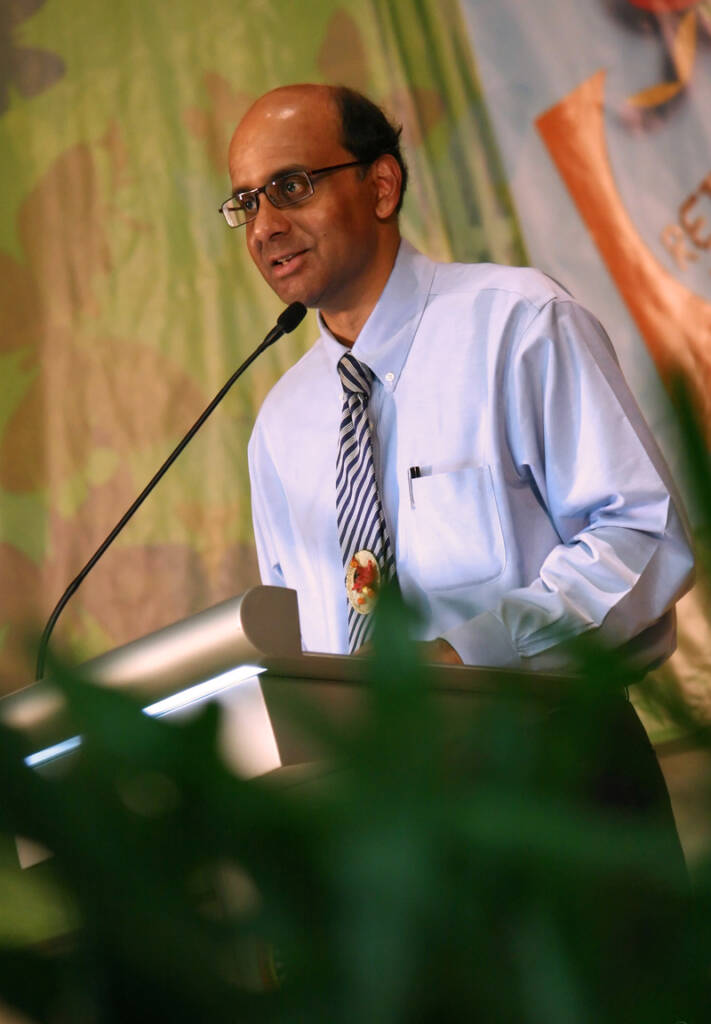Commodity financing and trading has faced a whirlwind 12 months, from a spate of high-profile fraud scandals across Asia, to the closure of LME’s ‘The Ring’, the industry has undergone intense change.
The common theme driving this change has been the industry’s reliance on manual, paper-based processes and a reluctance to embrace technology. COVID-19 may have closed ‘The Ring’, though this was long overdue for a physical trading environment that seems archaic when compared with other industries.
In Asia, it was the multiple instances of fraud across commodity financing at the end of last year which shone a light on just how needed reform was.
Why trade finance allows fraud to flourish
Many of the issues surrounding commodity financing are down to its reliance on paper. This is a characteristic of the broader trade finance space, which has been in desperate need of an overhaul for many years.
Many of the components which make up the commodity financing space remain open to fraud. Invoice financing, forged documents and fake trades are all made possible by the long chain of players involved in traditional trade financing. The crux of the issue is that these players do not ‘speak’ to each other. There is no overarching system which enables identification of transactions and documentation at any point. An immutable, distributed ledger is the clear solution to overcoming the chronic challenges in commodity financing fraud.
Basic transactional trade and commodity finance is based on third party confirmation by forwarders and custodians. Therefore, thorough due diligence of the actors in the chain is paramount. A blockchain-powered network can ensure that each party can exchange document information for verification. This would be useful for documents such as Bills of Lading which have historically been used in fraud cases by bearing the same vessel name and aggregate cargo, differing only in date.
On a blockchain-powered network, banks, corporates, and trade asset marketplaces each operate a ‘node’ and have a verified identity on the network, and the flow of information is two-way. The result is documents can be verified to validate their authenticity and integrity, as well as encrypted for total privacy, while still enabling third-party registries to connect and verify information on a common network.

This would also mitigate the risk of players setting up fraudulent trade transactions in order to obtain financing from banks.
Invoice fraud in commodity financing is made possible by the weak link between the actual value of the invoice and the transaction that generated that invoice. In real life, loaded quantities differ from agreed quantities; qualities vary; and ships are late.
The fraud risk taken on by the banks in a trade finance network would be lowered considerably if there was an industry-wide system that could be relied upon to ensure confirmation of documentation identity.
The decentralised and distributed nature of blockchain technology makes it ideally suited to tackle the disparate, siloed parties that currently make up trade networks as we know them. An overarching, transparent ledger which sits above all the transactions in a trade network can identify fraudulent activities which occur at areas where banks have limited visibility and control.
The next generation of commodity finance
What is clear is that commodity financing and trading bears some historical attributes that make it particularly susceptible to fraud. Countries which have been badly affected by this challenge have sought to implement technology-driven responses and should be commended for their part in disrupting the status quo.

In October last year, Singapore’s financial regulator called for a move away from paper-based trade transactions in a bid to reduce fraud. The country’s Senior Minister Tharman Shanmugaratnam, who is also in charge of the Monetary Authority of Singapore (MAS), called “weak disclosure practices and internal controls” the reason behind the spate of cases.
If the first step to recovery is recognition, then Singapore’s identification of the processes which characterise not just its own trade processes but those worldwide, puts the nation in a good position to reshape the narrative.
The Monetary Authority of Singapore’s approach of partnering with industry participants and government agencies to digitalise trade financing and replace the current paper-based systems with electronic documents and data flows is undoubtedly the way forward.
What is important now is that other countries follow Singapore’s example and replicate its timely, co-ordinated response to trade fraud. In doing so, they can not only safeguard their own status as guardians of trade, but help bring about a wider, global change in trade finance. What is certain, is that change is needed.





























